The night war in the skies of Korea
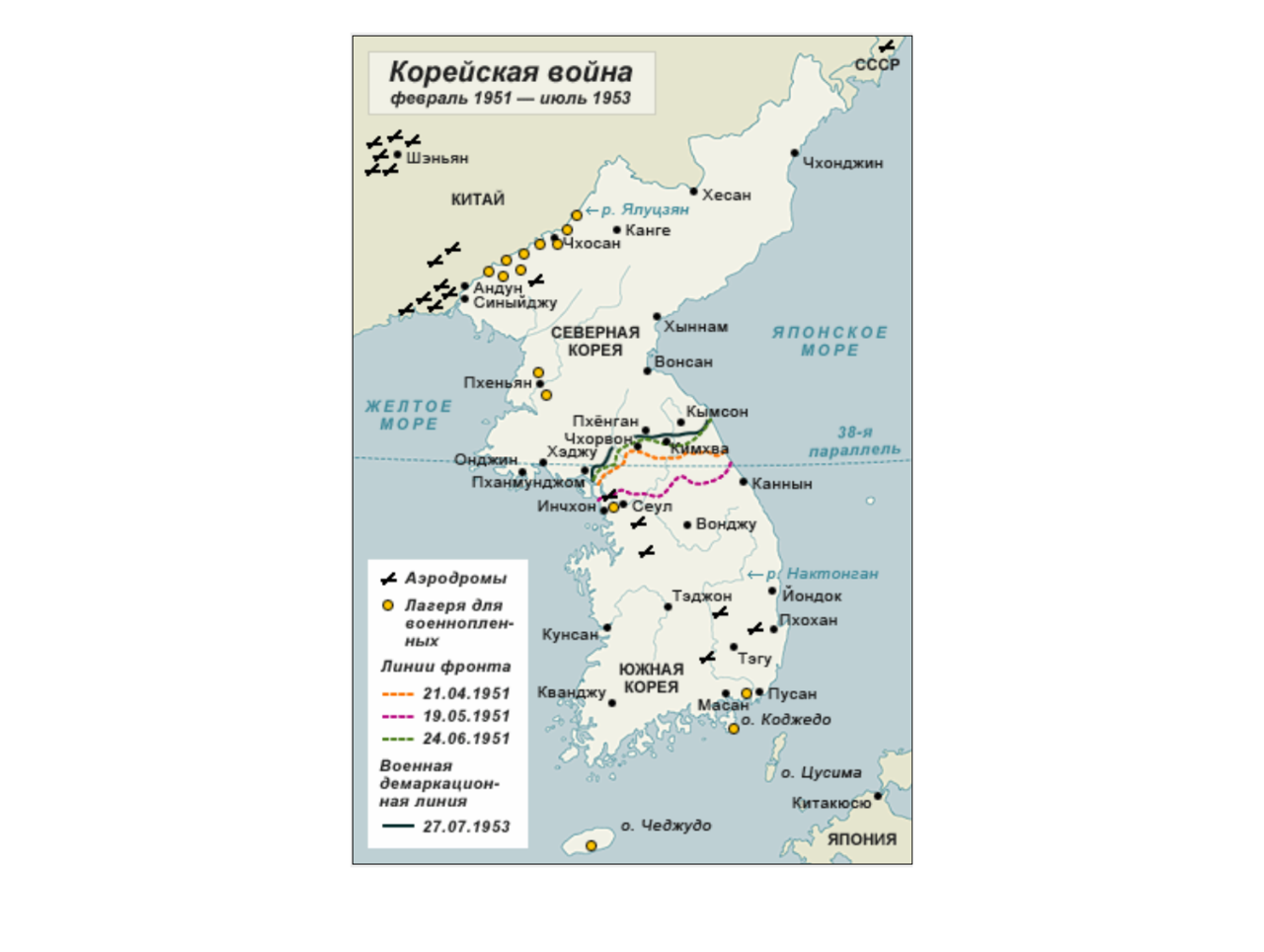
27 July 1953, the full-scale hostilities in Korea were completed. According to experts, this conflict of the Cold War period can be viewed as a war between the United States and its allies on the one hand, and the forces of the PRC and the USSR on the other.
After the conclusion of a truce, sixty years have passed, but many details of that war remain hidden.
There are many reasons for this: the American side is not too keen to disclose the extent of its losses and the miscalculations of the military leadership. Even now, the official data mentions the ratio of casualties in 12: 1 air battles, naturally in favor of the “UN forces”.
During violent hostilities, war crimes were often committed, including against civilians. Naturally, the United States does not want to once again remind about it in order not to spoil its “democratic image”.
In turn, in the USSR, the facts of the participation of Soviet soldiers in hostilities were carefully concealed. For a long time, the official point of view denied this fact altogether.
Chinese people's volunteers entered the war in October 1950 of the year. In fact, they saved the DPRK from complete defeat. However, despite the heavy losses, they failed to achieve complete victory in this conflict.
For their part, the North Korean authorities claim that they managed to "defeat the American imperialists" on their own, and assistance from abroad was exclusively material and technical.
In this regard, a lot of facts were widely publicized only now, when the direct participants were almost no longer alive.
One of the most interesting moments of those military operations is aviation collisions at night.
Shortly after the United States entered into full-scale hostilities on the territory of the Korean Peninsula, their air forces achieved complete air supremacy.
In order to prevent the rout of the North Korean allies, 14 in November 1950, JV Stalin ordered the formation of the 64 th Fighter Aviation Corps (IAK). It consisted of 2-3 Fighter Divisions, two anti-aircraft artillery divisions and one aviation-technical division.
American aircraft began to suffer heavy losses from collisions with Soviet jet MiG-15. At that time, the main strike force of the American Air Force in Korea was the bombing units of the Strategic Aviation Command (SAC). They were armed with strategic bombers B-29 and B-50.
After losing about 20 “flying fortresses” during two raids (not counting fighter jets), the US command had to change tactics, significantly reducing the number of day missions. If earlier small groups and B-26 "Invader" single light bombers were sent to night raids, now heavy B-29 have joined them.
In addition, the Americans had a new night-time radar guidance system at the Sharan target, which made it possible to conduct effective bombardment.
The Soviet command, in turn, strengthened the air defense system, both from the air and from the ground.
An 10 searchlight regiment and an 87 anti-aircraft artillery division were deployed to Andun. This made it possible to create a continuous light field. Radar posts of type P-20 radar were located on the hills. Also urgently a night aviation regiment of La-11 fighters was formed.
The regiment was commanded by Lieutenant Colonel Ivan Andreevich Efimov. And the main task of 351-IAP was to cover important strategic facilities of the DPRK: hydropower stations near the city of Singisyu, a bridge over the Yalu River near the city of Andung, the airfield of Andong and Anshan itself.
The first victory was won in the fall of 1951, when Senior Lieutenant V. Kurganov managed to shoot down the night bomber of the US Air Force B-26 "Invader" at night at low altitude.
La-11 fighters had enough weapon power and speed to successfully fight the main enemy of that time - the B-26 night bomber, which flew at low altitude.
Since there was no radar on the La-11, the pilots had to rely on the moon or searchlight light.
But it was difficult to cope with the B-29 piston “Lavochkin”. When entering the bombing area, the “flying fortresses” gained a great height, and then went down to the target, picking up speed to 620 km / h, which practically deprived the pilots of La-11 the ability to conduct effective shooting. Because of the long distance, American planes often went unpunished.
The command of 64-IAK had to re-equip one squadron of jet MiG-15bis. This squadron began combat missions in February 1952. The Americans quickly discovered the presence of jet MiGs in the night sky over Korea using radar, so the activity of the B-29 heavy bombers decreased.
In any case, the Soviet night fighters managed to repel several large raids with the help of anti-aircraft gunners, projectors and radar stations.
10 On June, the B-29 group made a night raid on the bridges near Kvansan. Near the target they were met by a light field, and from darkness the Soviet pilots struck. Two B-29s were shot down, another was severely damaged and fell in South Korea. One heavily damaged bomber managed to make an emergency landing on the territory of the airfield in Daegu. In this battle, the deputy commander of 351-IAP, Captain A. M. Karelin, showed himself down, who shot down two and damaged one B-29.
The next time, A. M. Karelin, at that time already a major, managed to distinguish himself 3 July1952. In the light field, a reconnaissance aircraft RB-50 was shot down, which was part of the US NAC 91 th reconnaissance squadron.
From June to September 1952, the Soviet pilots shot down at least seven American aircraft.
The American command had to change tactics. Now before the bombers flew outfits night interceptors, which cleared the way to the goal. In addition, electronic warfare planes appeared in the strike group, which were supposed to suppress the radar targeting fighters and antiaircraft artillery.
Several night squadrons arrived at the air bases in South Korea, which were manned with all-weather fighter jets with radar. Among them were the 513-th night IAE of the American Marine Corps, armed with the Skyknight F3D aircraft and the 319-I EIT (interceptor fighter squadron) armed with the F-94B Starflre aircraft.
Starting in the fall of 1952, American fighters carried out interceptions of MiGs before approaching the target or after a combat mission. November 2 was the first collision with the participation of jet aircraft of the two sides. According to Western sources, in this battle, one MiG-15 was shot down by a US infantry pilot on F3D-2.
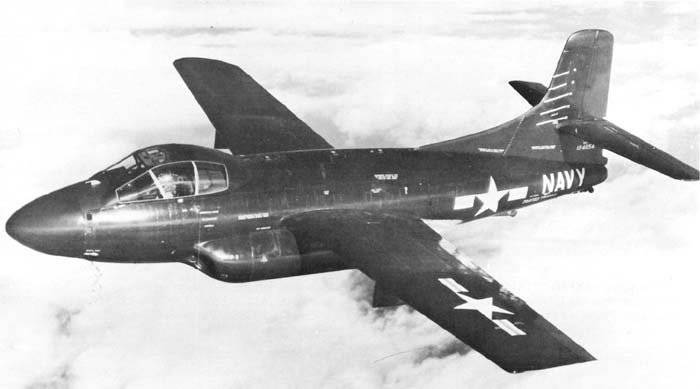
According to Soviet data, the pilots of the 351-IAP shot down 15 American planes in night clashes. Among them: 5 B-26, 9 B-29 and reconnaissance RB-50. The losses of the Soviet military were 2 La-11 and 2 MiG-15. One pilot died - 8 August 1951, Senior Lieutenant I. V. Gurilov hit a tropical typhoon on La 11 and crashed. In November 1952, the second La-11 crashed on takeoff, but the pilot, Senior Lieutenant IA Alekseev, managed to escape. MiGs shot down Senior Lieutenant I. P. Kovalev (8 November 1952 of the year, survived) and Major P. F. Sychev from the corps board (November 19 1952 of the year, died).
In March 1953, the 351-th IAP was sent to the Soviet Union. He was replaced by the 298 th IAP.
In March, 1953, the Americans became more active again. On the night from 5 to 6, a group of 17 B-29 raided the city of Onjong. In total, five such raids were carried out this month, involving at least 10 B-29, which were covered by F3D-2N and F-94.
In April, the Americans decided to change the tactics of night raids on targets that covered MiGs. Groups of bombers were sent only in bad weather or on moonless and cloudy nights so as not to fall into the light fields of searchlights.
Despite the increasing complexity of combat conditions and opposition from night interceptors, the pilots of the 298-IAP still managed to achieve good results.
2 F-84 and 2 F-94 were destroyed, 4 B-29, 1 B-26 and 1 F3D-2N were destroyed. It is worth noting that, according to the American side, the Soviet pilots won 8 victories, knocking 3 F-84, 1 F-94 and 1 B-26, and knocking out 2 B-29 and 1 F3D-2N. Regiment losses amounted to 2 MiG-15bis, one pilot was killed.
Recently it was reported that a special reconnaissance aviation group, commanded by Hero of the Soviet Union, Lieutenant Colonel N. L. Arsenyev, participated in the conflict. She was armed with the latest at that time IL-28. The group was transferred to the territory of China in the summer of 1950 of the year. The pilots made almost half of the sorties at night, participating in combat operations until the end of the war. It is worth noting that in the 1953 year (perhaps earlier), the pilots carried out not only reconnaissance missions, but also bombed. According to unconfirmed information, during the night raids two IL-28 was lost.
Already before the end of hostilities, a group of 10 Chinese pilots (on MiG-15), commanded by Senior Lieutenant Howe Soo Kyun, was prepared for night sorties. They were based at the airport Miaogou, not far from the 3-th AE 298-th IAP. Soviet pilots transferred their experience to their colleagues by teaching them how to fly in difficult meteorological conditions and at night. The Chinese started combat sorties at the end of June, but they rarely met opponents, only the commander managed to distinguish himself, who seriously damaged the F-94 in the Aneu region in July. The American plane had to make an emergency landing on the coast of the DPRK.
At the end of 1950, shortly after the start of the fighting, all the DPRK aircraft were either destroyed or blocked at the airfields.
Taking into account the experience that the Soviet military received during the Great Patriotic War, it was decided to create a separate night aviation unit of the DPRK Air Force. Subsequently, it turned into a night air regiment of light night bombers, commanded by Pak Den Sik. At the end of 1951, he was awarded the title Hero of the DPRK. Initially, this unit consisted of several squadrons, which were armed with the Soviet Po-2 light bombers.
Starting in the summer of 1951, the pilots of the night aviation regiment made night combat missions, attacking targets behind the front line. 17 June was bombed at an airfield in Suwon, during which the X-NUMX of the F-9 Saber was destroyed. Also, Po-86 attacked fuel depots and facilities in the port of Incheon and Yondypho airfield.
June 21 aircraft regiment bombed the Seoul-Yongsan railway station. 24 June was attacked by an airfield in Suwon (destroyed 10 aircraft). Another squadron of the units on the same night attacked an enemy convoy near the villages of Namsuri and Bouvalri, destroying some 30 vehicles. June 28 squadron regiment bombed enemy troops in Yondypha, Inchon, Yongsan and around Munsan.
1 January 1953, the air force of night bombers, commanded by Pak Den Siq, destroyed a large tanker in the port of Incheon, as well as several military warehouses.
In 1952, the night divisions of the DPRK air forces received Soviet Yak-11 and Yak-18 aircraft, which could carry not only small bombs, but also missiles. Several squadrons of the North Korean Air Force were also transferred to night sorties, armed with piston fighters La-9 and La-11. They conducted raids on the territory of South Korea. And although by that time these planes were already outdated, the North Korean pilots were able to deliver a lot of problems to the enemy.
Night flights Po-2 caused not only material damage, they also had a moral impact on the enemy soldiers who could not feel safe even at night. The American soldiers Po-2 got the nickname - "Nutty Chinese alarm clocks".
To counter the Po-2, the Fifth Air Force Command of the United States used the Twin Mustang piston aircraft F-82G, F4U-5N Corsair, F7F-5N Tigercat and AT-6 Texan. The F-82G was in service with the 339 th air squadron, and the F7F-5N - the 513 th US Navy night fighter squadron.
American F7F-5N "Tigercat" were able to shoot down several Po-2 aircraft. Also, F7F-5N "Tigercat" was used in night attacks of ground targets in North Korea. 23 July 1951, one of F7F-5N "Tigercat" (pilot Marion Crawford and cameraman Gordon Barnett) was seriously damaged and crashed while landing. The operator managed to escape, but the pilot was never found. It is worth noting that more than half of the night flights were performed with the participation of F7F-5N "Tigercat".
In the summer of 1952, the 513-I AE received FXknumX SkyNight jet fighter-interceptors. The first night victory with the use of radars was won by the crew of such an aircraft as part of the pilot S. A. Covey and the radar operator D. R. George.
On the night of November 2, they shot down the first MiG-15bis jet. During the fighting, the pilots F3D-2 "Skyknight" shot down seven enemy aircraft.
In March 1952, the 319-I interceptor squadron, armed with Starfire fighter jets, arrived in South Korea. The pilots immediately proceeded to combat sorties. True, the first interception turned into a tragedy: the pilot did not take into account the difference in speed and crashed right into the tail of the pursued Po-2. Both planes fell. The next night the squadron lost another fighter: the pilot took into account the mistake of his colleague and released the flaps and chassis to reduce speed, but as a result also lost height. The plane crashed, crashing into one of the hills, and its crew was killed.
The first victory was won only in April. The crew of the pilot - captain Ben Phyton, and the operator - Lieutenant R. Lyson, managed to shoot down the enemy Po-2. The last victory of the pilots of this squadron won 30 January 1953, knocking another Po-2. During the fighting, the 319 EIT pilots made 4694 night sorties, shooting down Korean 4 aircraft: 3 Po-2 and 1 La-9 and dropping 1108 tons of aerial bombs.
In June 1953, the F4U-5N Corsair night fighter squadron, which was part of fleet - VC-3, which was based on the American aircraft carrier Princeton. Her main task was to intercept North Korean aircraft at night in the Seoul area. During the fighting, Lieutenant Bordelon distinguished himself, who shot down 29 Yak-16s and 3 La-18s of the Korean military from June 2 to July 9. This is the only fleet pilot who managed to achieve such a high result.
In general, the success of the US night interceptors was not very impressive. And, oddly enough, the most difficult goal was the hopelessly outdated "old man" Po-2.
Based on:
http://www.zovneba.irk.ru/text/migalley1.html
http://www.nnre.ru/transport_i_aviacija/aviacija_i_vremja_2002_06/p9.php
http://www.k2x2.info/transport_i_aviacija/aviacija_i_vremja_2003_02/p14.php
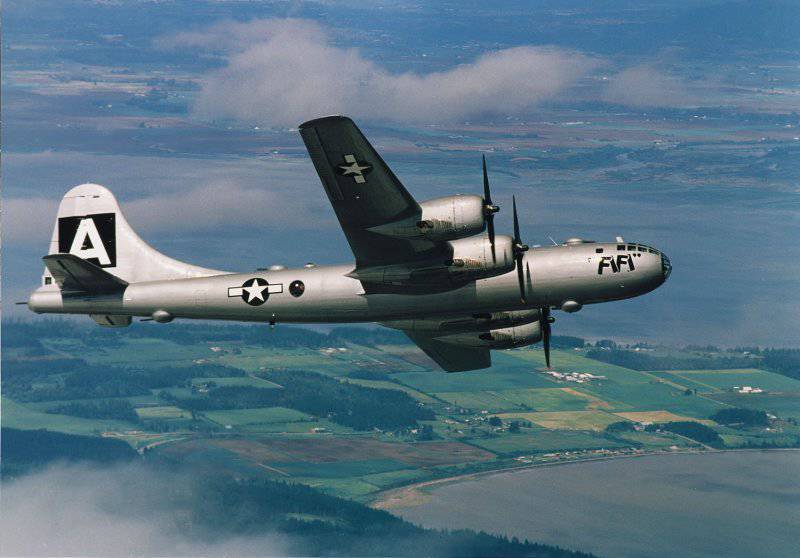
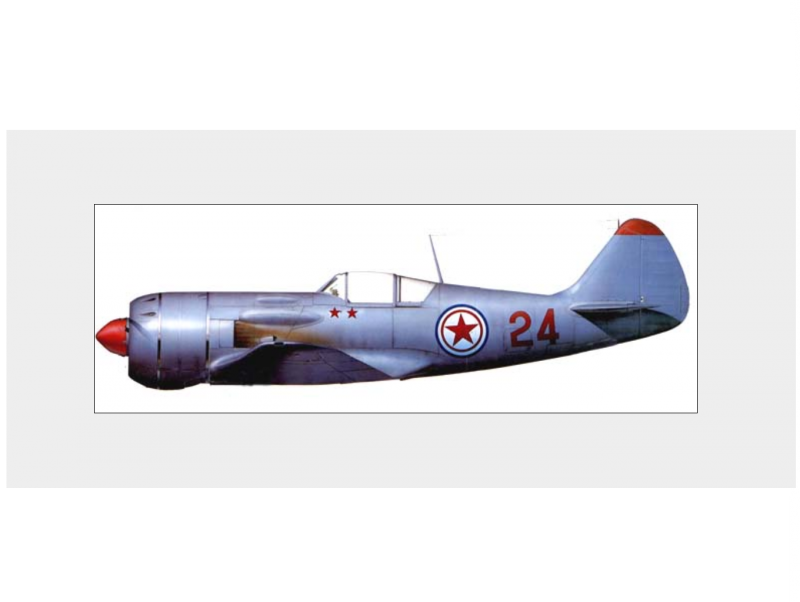
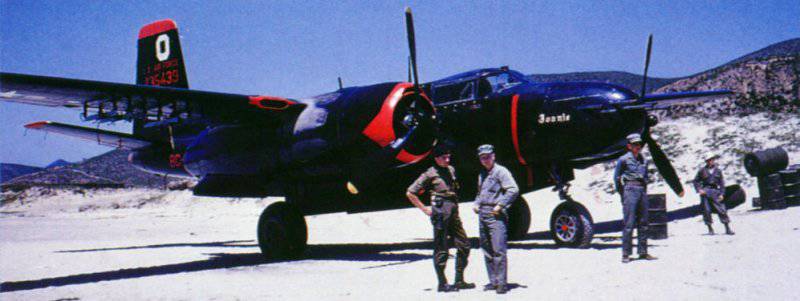
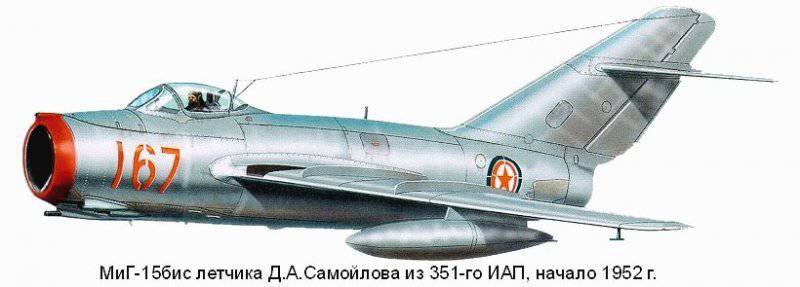
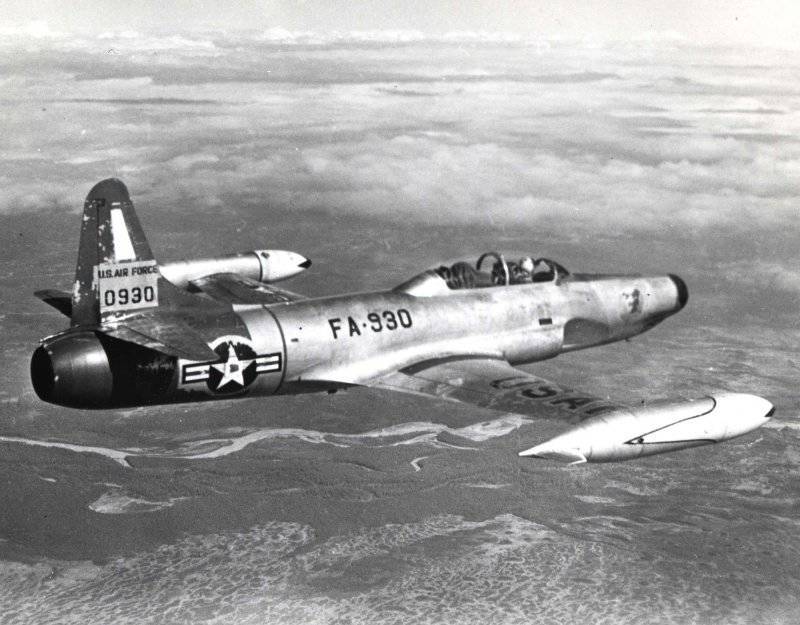

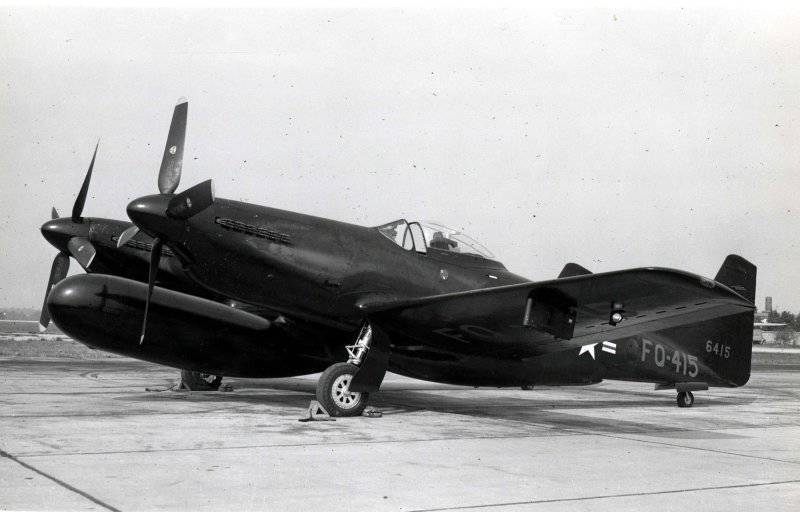
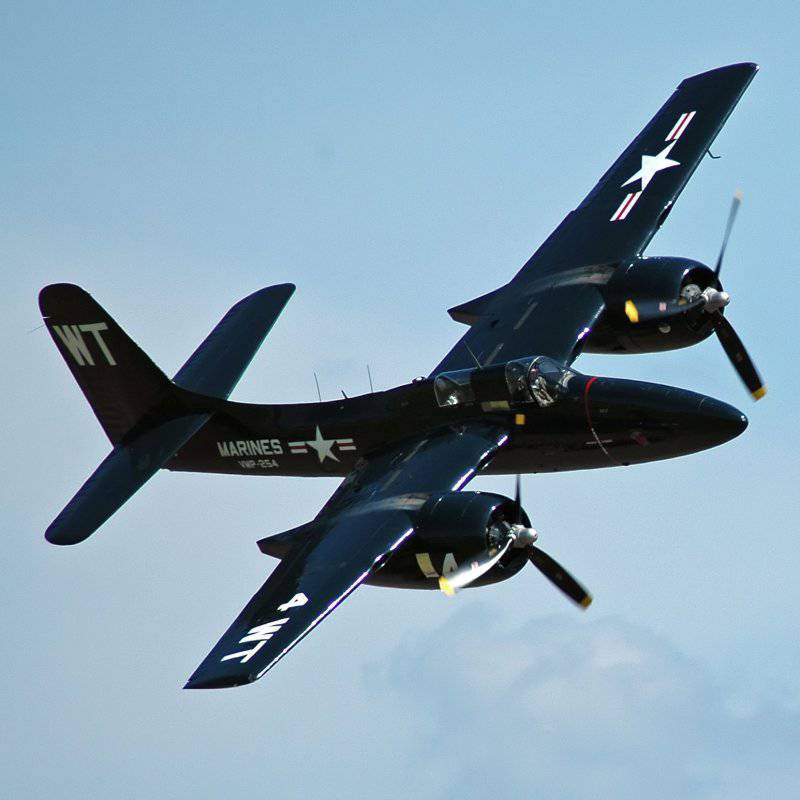
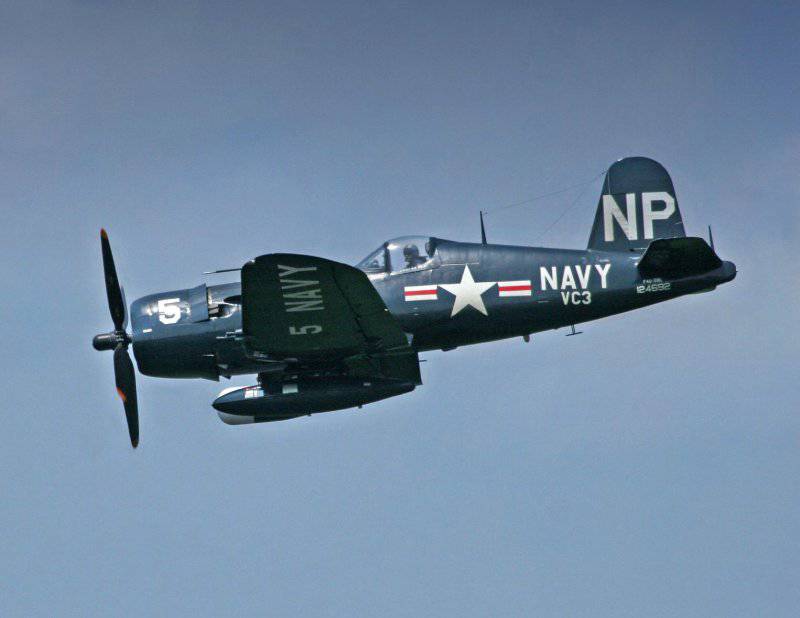
Information